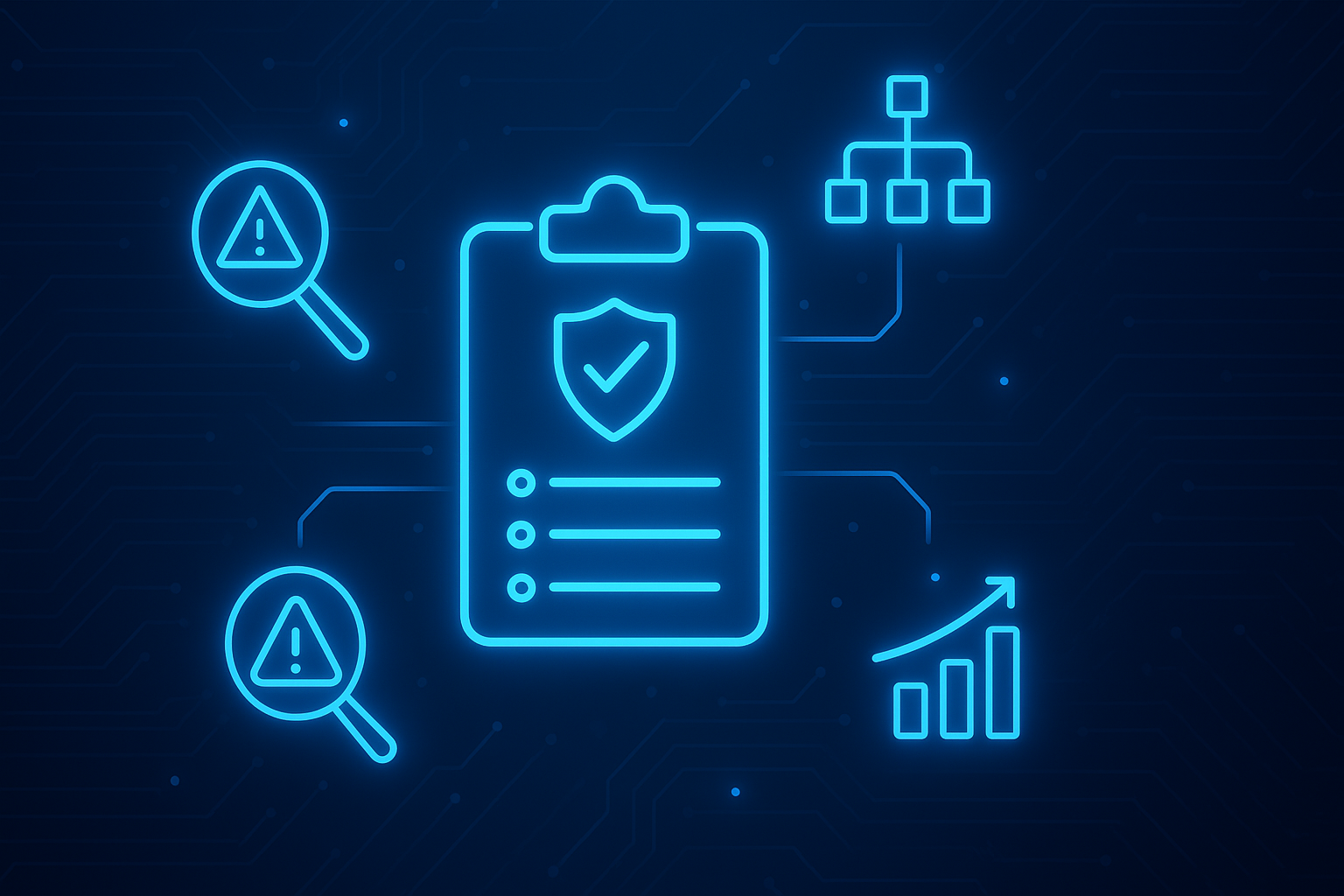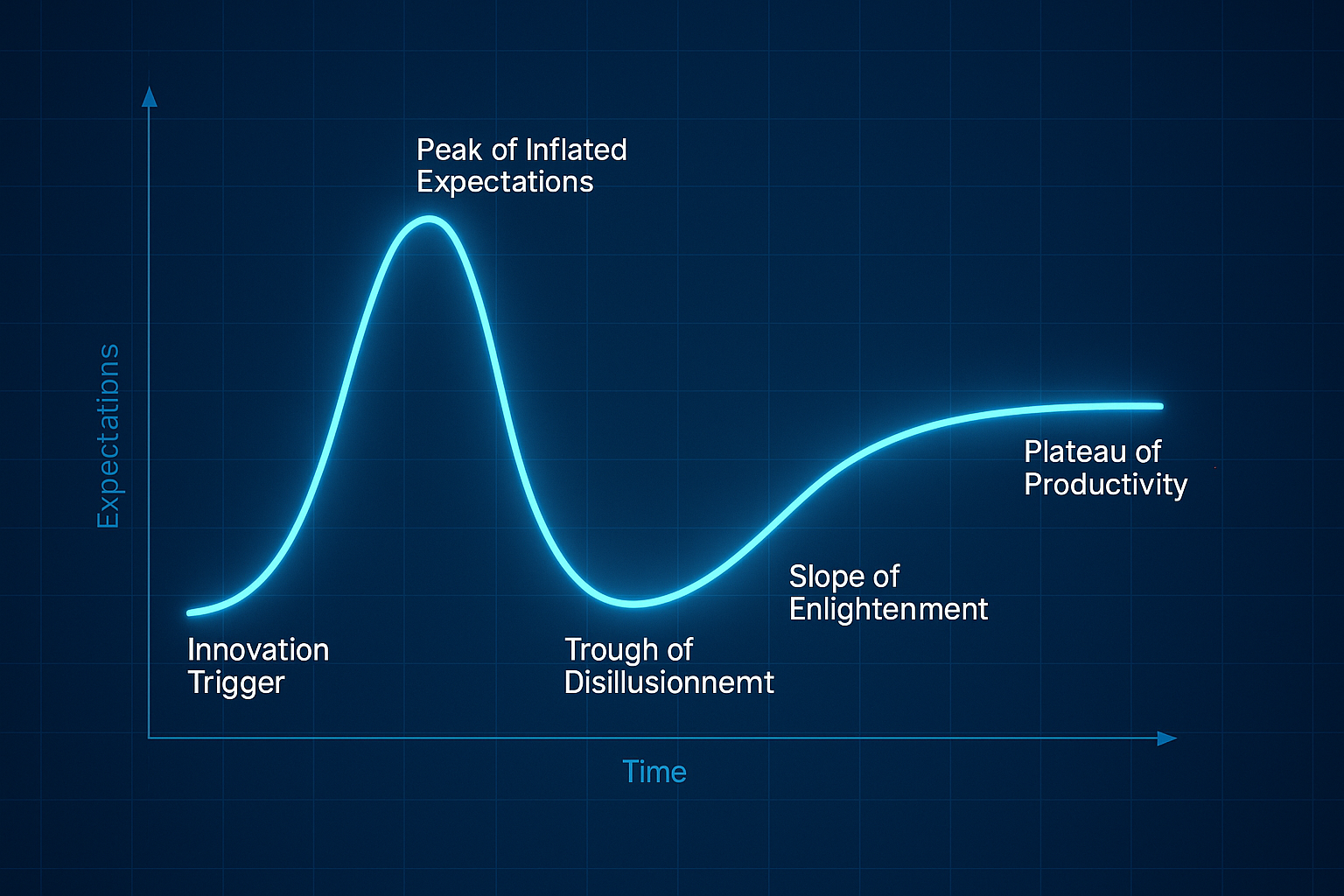Modern enterprises can no longer rely on point-in-time control testing. Cloud adoption, distributed workforces, and escalating regulatory scrutiny require continuous, evidence-driven visibility into whether controls are functioning as designed. Continuous Control Monitoring (CCM) delivers this capability by ingesting telemetry and transforming control effectiveness from reactive activity into an operationalized, compliance-driven automation program.
This guide evaluates eight CCM-relevant platforms from an enterprise perspective. Each section outlines strengths, limitations, and best-fit scenarios to help leaders choose a solution that aligns with their automation goals, scale, regulatory expectations, and cyber risk outcomes.
How CyberSaint Delivers Real-Time, Telemetry-Driven Continuous Control Monitoring
The CyberStrong platform is built for organizations that require live control assurance directly tied to risk, compliance, and business impact. Rather than layering CCM onto legacy workflows, CyberSaint natively ingests telemetry from cloud, security, and IT systems to continuously update control status, compliance posture, and cyber risk metrics.
Where CyberSaint Leads
- True CCM through direct telemetry ingestion (cloud, EDR, SIEM, IAM, vulnerability systems).
- Automated control scoring, continuously updated across all frameworks.
- Elimination of manual testing cycles through continuous evidence ingestion.
- Unified view of control, compliance, and risk data across the entire enterprise.
- Quantification that updates in real time as control effectiveness changes.
- Board-ready reporting reflecting current, not historical, risk posture.
Ideal for enterprises that require a single system of record for controls, risk, and compliance, powered by continuous, automated assurance.
Common Cybersecurity Companies that Offer CCM
OneTrust — Compliance and Privacy Automation With Limited CCM
OneTrust provides broad coverage across privacy, governance, and data protection. CCM capabilities exist, but rely more on evidence scheduling and assessments than telemetry-driven insights.
Strengths
- Strong privacy and governance foundation.
- Broad ecosystem of policy, data, and vendor modules.
- Good fit for organizations already standardized on OneTrust.
Limitations
- CCM is event-driven, not telemetry-driven.
- Limited real-time control assurance.
- Heavy configuration required for enterprise breadth.
Best Fit: Organizations augmenting privacy or governance workflows with light CCM automation.
BitSight — Continuous External Monitoring (Not Internal CCM)
BitSight specializes in external attack surface visibility and vendor risk scoring. It complements CCM programs, but does not provide internal control monitoring.
Strengths
- Industry-leading external ratings.
- Useful for supply chain and vendor oversight.
- High-value board-level external posture insights.
Limitations
- No internal CCM capabilities.
- Cannot evaluate internal control effectiveness.
- Not suitable as a standalone CCM solution.
Best Fit: Enterprises pairing internal CCM with continuous third-party posture assessment.
MetricStream — Workflow-Driven GRC With Periodic CCM
MetricStream offers strong GRC capabilities with configurable workflows for control testing and evidence management. However, real-time control status requires significant customization.
Strengths
- Mature governance, risk, audit, and compliance suite.
- Scalable enterprise architecture.
- Extensive workflow automation.
Limitations
- CCM is periodic rather than continuous.
- Limited native telemetry integrations.
- Requires significant setup to approximate real-time monitoring.
Best Fit: Enterprises with established, process-heavy GRC programs seeking incremental CCM enhancements.
ServiceNow — ITSM-Aligned CCM Through Infrastructure Integrations
ServiceNow leverages ITOM, SecOps, and CMDB data for a form of CCM, though automation depends on how deeply an organization has customized its environment.
Strengths
- Strong alignment with IT operations workflows.
- Beneficial for organizations already invested in ServiceNow.
- Can support hybrid CCM through integrations.
Limitations
- Not a purpose-built CCM engine.
- Heavy reliance on customization.
- More focused on process than control effectiveness.
Best Fit: ServiceNow-centric organizations seeking ITSM-aligned CCM workflows.
RegScale
RegScale focuses on continuous compliance documentation, particularly for regulated industries. CCM exists, but it emphasizes documentation over technical telemetry.
Strengths
- Strong evidence automation and regulatory mappings.
- Suitable for government and compliance-heavy environments.
- Real-time documentation updates.
Limitations
- Limited telemetry-based control monitoring.
- Early-stage CCM capabilities.
- Not designed for enterprise-wide, risk-aligned CCM.
Best Fit: Regulated organizations seeking automated documentation workflows with selective CCM.
Hyperproof
Hyperproof streamlines audit and compliance operations with integrations that support periodic or semi-continuous evidence collection.
Strengths
- Intuitive and easy to deploy.
- Broad integration library.
- Strong compliance workflows.
Limitations
- CCM is not telemetry-driven.
- Limited enterprise-scale CCM depth.
- No real-time risk alignment.
Best Fit: Mid-market teams seeking automated evidence workflows rather than real-time CCM.
AuditBoard
AuditBoard automates SOX, ITGC, and audit workflows. CCM features support continuous auditing, but are not telemetry-driven.
Strengths
- Best-in-class internal audit and SOX workflows.
- Clear control testing and documentation processes.
- Strong reporting for audit committees.
Limitations
- CCM is tied to audit cadence, not real-time data.
- Limited technical security integrations.
- Not built as a continuous assurance platform.
Best Fit: Organizations prioritizing continuous audit functions over operational CCM.
Evaluating Continuous Control Monitoring Capabilities
|
Platform |
Telemetry-Driven CCM |
Evidence Automation |
Real-Time Control Scoring |
Multi-Framework Support |
Best Fit |
|
CyberSaint |
✔ Yes |
✔ Extensive |
✔ Continuous |
✔ Full |
Large enterprises needing unified CCM + risk |
|
OneTrust |
△ Limited |
✔ Strong |
△ Event-driven |
✔ Broad |
Privacy, governance aligned programs |
|
BitSight |
✖ None |
△ External-only |
✖ No |
△ Limited |
Vendor/third-party monitoring |
|
MetricStream |
△ Workflow-based |
✔ Mature |
△ Periodic |
✔ Broad |
Established GRC programs |
|
ServiceNow |
△ Integration-heavy |
✔ Good |
△ Varies by setup |
✔ Strong |
SNOW-centric IT environments |
|
RegScale |
△ Minimal |
✔ Strong |
△ Documentation-based |
✔ Good |
Regulated industries |
|
Hyperproof |
✖ No |
✔ Strong |
△ Semi-continuous |
✔ Good |
Mid-market compliance teams |
|
AuditBoard |
✖ No |
✔ Strong |
△ Audit-driven |
✔ Strong |
Audit-first organizations |
Why CyberSaint Leads the Next Era of Continuous Control Monitoring
As regulations mature, threats intensify, and boards demand real-time assurance, enterprises require CCM platforms that eliminate manual testing, reduce audit fatigue, and provide a defensible view of cyber risk at all times.
Most competitors offer aspects of CCM, including workflow automation, periodic evidence collection, or external posture insight. But they stop short of delivering the full picture.
CyberStrong is the only platform engineered to unify telemetry-driven control monitoring, AI-powered cross-framework control scoring, always-on compliance posture, and financially-aligned cyber risk insights.
Where others extend legacy GRC tools, CyberSaint redefines control assurance as a continuous, data-driven, real-time discipline.
For enterprises that cannot afford blind spots, stale data, or fragmented tools, CyberSaint provides the connected foundation needed to operate with speed, intelligence, and confidence.
Read more: The Top Cyber Risk Management Solutions for Enterprises





.png)
.png)
.png)
%201.png)
.png)




